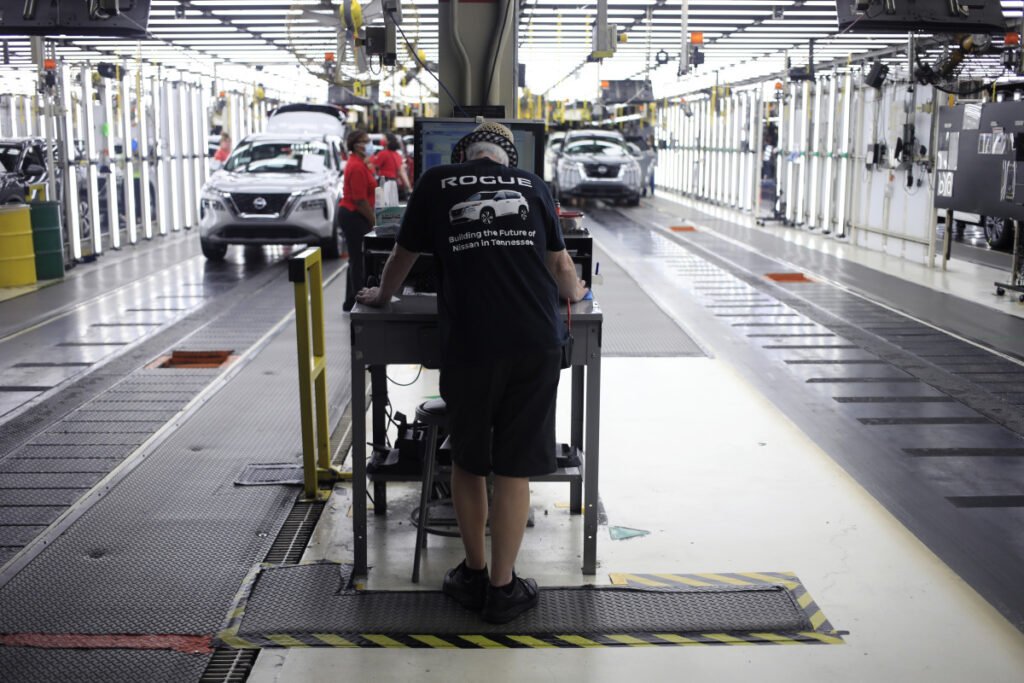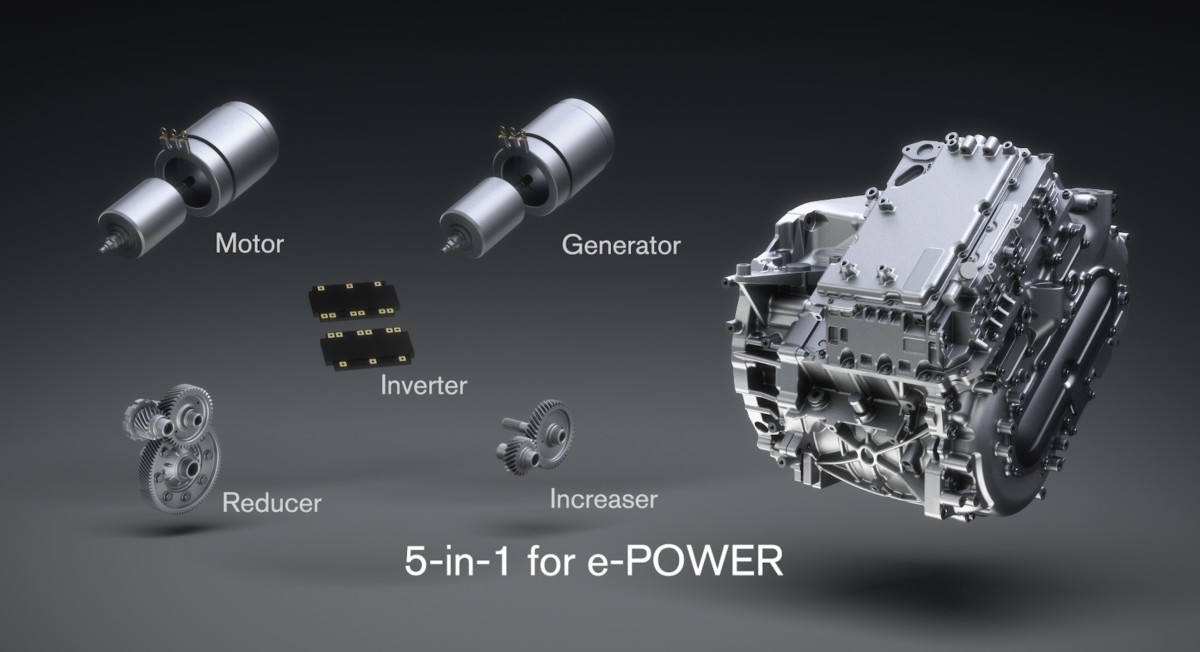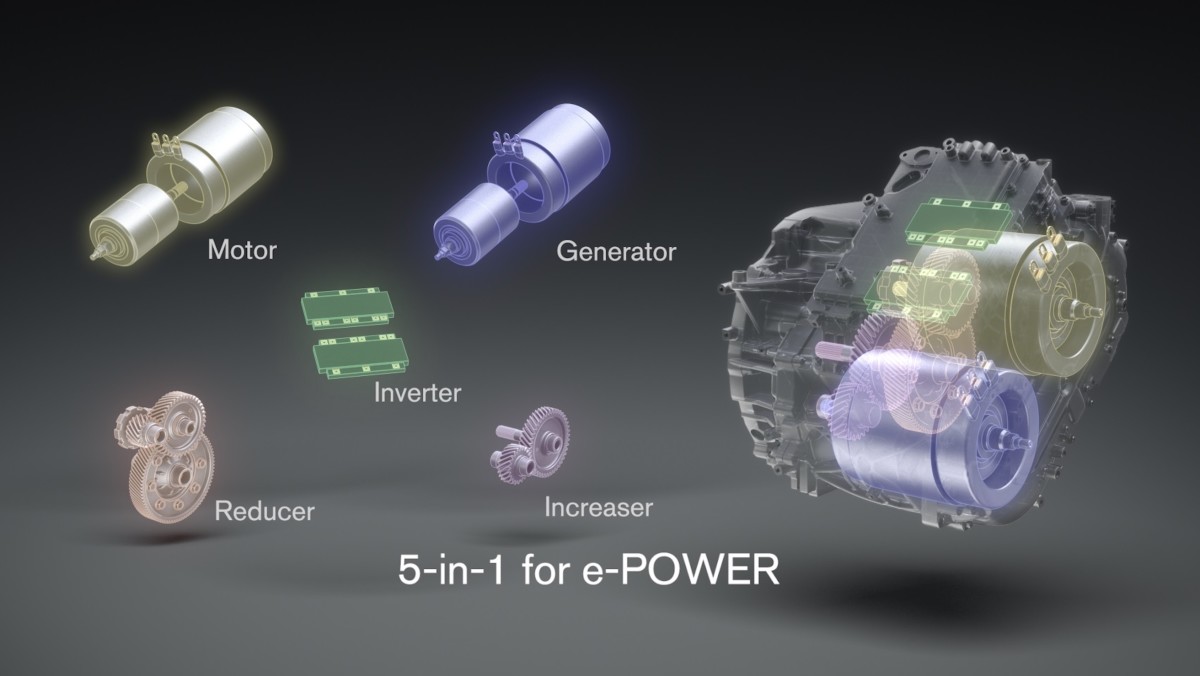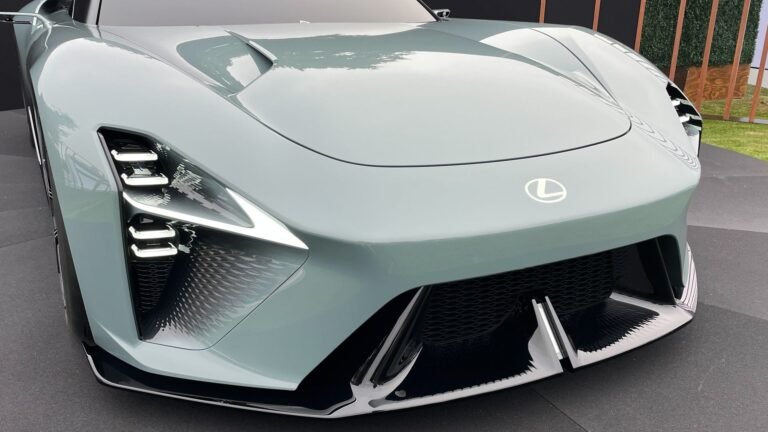
Nissan’s next-gen platform and e-Power hybrid tech spurs cross-brand opportunities
According to a report from Automotive News, Ford and Stellantis could utilize the platform and hybrid tech of Nissan’s upcoming Rogue to build and badge their own models alongside the Japanese SUV before 2030. Nissan’s in-house next-generation e-Power hybrid system debuts in North America in the 2027 Rogue during late 2026 and is currently available in Europe. The Smyrna plant, where the Rogue will be built, currently operates at 51% capacity, and pressure to optimize its efficiency has been elevated after Nissan announced it would close several plants worldwide in May.
Nissan spokesperson Lloryn Love-Carter said that the company is exploring options to localize vehicle powertrain production in response to increasing hybrid demand and that it remains “open to dialogue that delivers strategic, complementary market opportunities to our core model development efforts,” The Tennessean reports.
Nissan also plans on using its new hybrid powertrain in the next-generation Infiniti QX50 and possibly the Nissan Kicks, while its collaborator, Mitsubishi, is anticipated to feature the tech in its upcoming Outlander, which shares the Rogue’s platform. In the fiscal year between April 2028 and March 2029, Nissan aims to build 138,899 e-Power models, but it requires one or more partners to achieve this goal. General Motors (GM) isn’t currently part of the discussion, according to Motor Illustrated.
The magic behind Nissan’s next-generation e-Power hybrid system
The third-generation e-Power hybrid system utilizes electricity generated by the engine to power the vehicle solely with the electric motor. Nissan created this system with a five-in-one modular approach, refining the packaging of the motor, reducer, inverter, electric generator, and increaser. In turn, the powertrain provides smooth and responsive acceleration, reduces in-cabin noise by up to 5.6 dB, and enhances fuel efficiency by up to 15% during highway driving when paired with a dedicated engine. The combined fuel efficiency improvement is as high as 9%. In addition to optimizing fuel economy, the third-generation e-Power system’s dedicated engine improves thermal efficiency, which lowers emissions while supporting mileage.
“Engineers [in-house] have further improved fuel efficiency at high-torque operating points where power generation efficiency is highest, significantly enhancing the engine’s combustion rate and improving thermal efficiency,” Nissan said.
Future rival hybrid partnerships could shore up Nissan’s finances
Rivals like Ford and Stellantis, which use Nissan’s hybrid platform, could play a key role in helping Nissan bounce back from a rough 2024, during which it lost $4.5 billion. The company’s Chief Financial Officer, Jérémie Papin, attributed this loss to “lower volume, a weaker mix, pricing pressure, and increased costs,” Motor1 reports. Nissan also spent $405 million in restructuring costs, but its sales weren’t as bad as some may have imagined, declining only 3% globally year-over-year. In North America, sales in 2024 increased 2.8%. During February, discussions of a merger between Nissan and Honda collapsed after Honda demanded that Nissan become its subsidiary rather than initiating a jointly controlled holding company agreement.
Final thoughts
Nissan’s Smyrna, Tennessee, plant currently operates at 51% capacity, reflecting room for growth and hybrid partnerships with companies like Ford and Stellantis. One of the unnamed sources informing Automotive News of the potential collaboration noted that a deal could extend to include the development of fully electric cars. Still, the source familiar with the matter stated that a deal that doesn’t include fully electric vehicles is also likely, which Nissan would probably accept after incurring significant losses in 2024.




